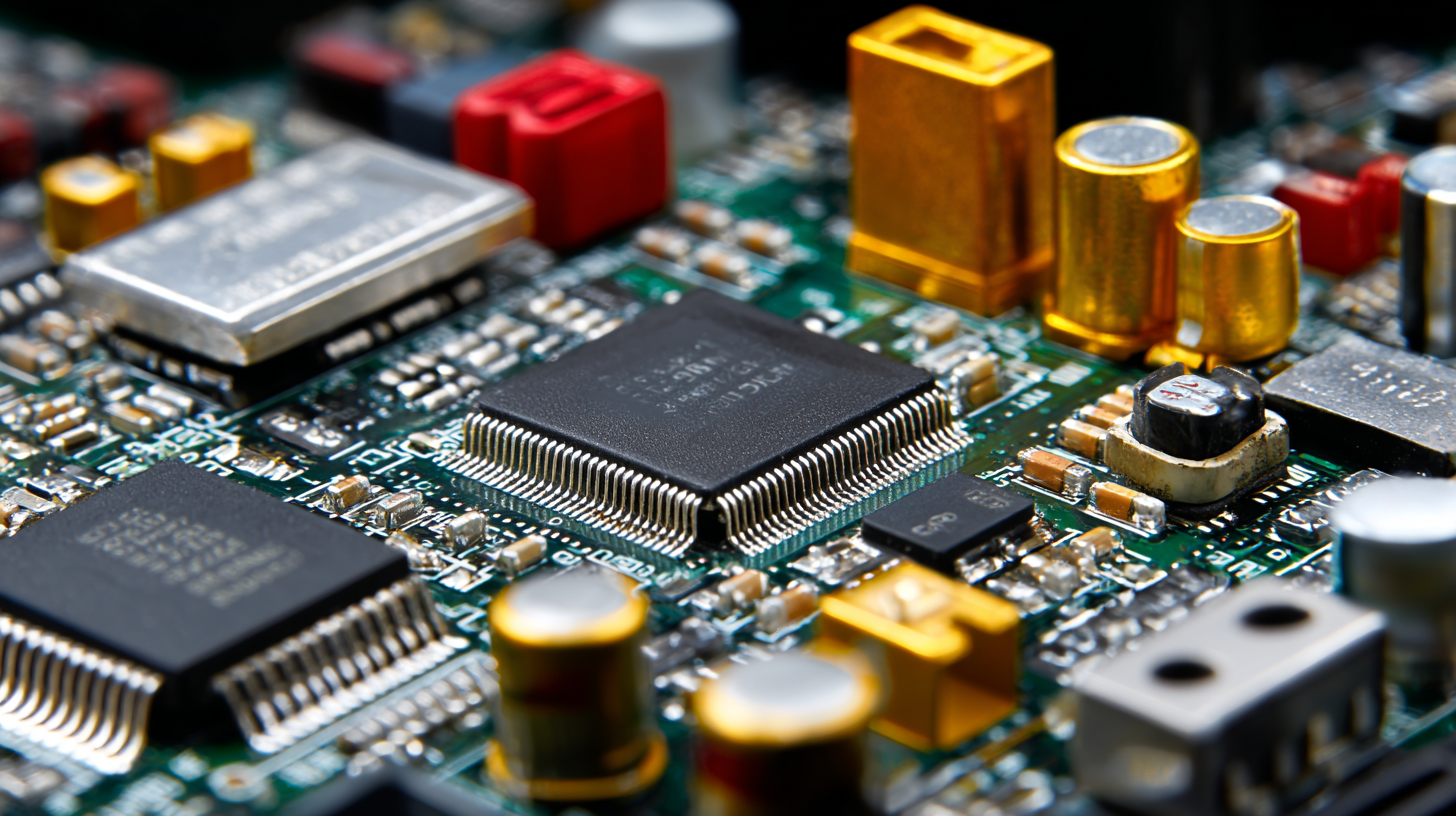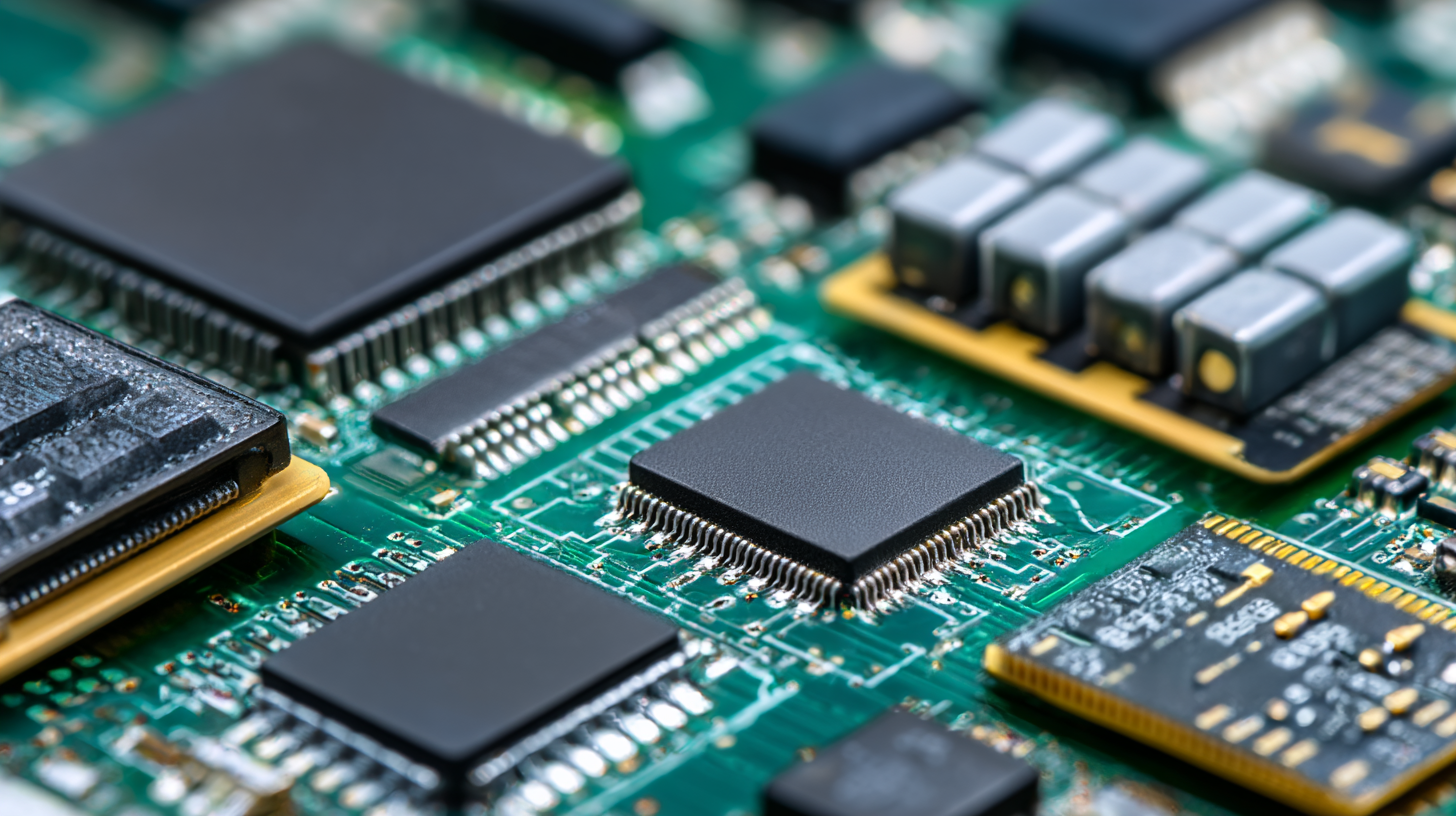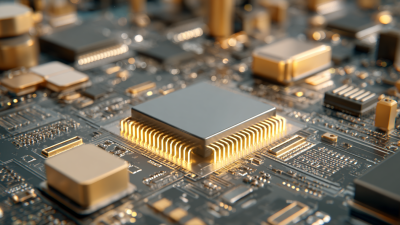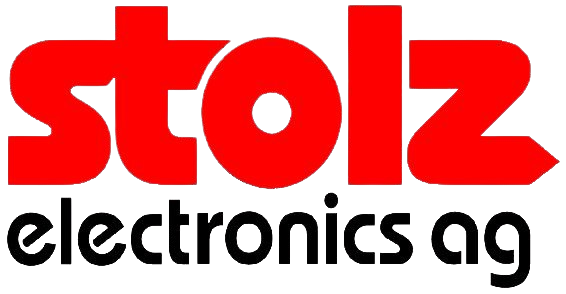News / Blog
Maximize Efficiency: Top Trends in Electronic Components Purchase for 2024
As we look ahead to 2024, the landscape of electronic components purchase is evolving rapidly, driven by technological advancements and market dynamics. According to a recent report by ResearchAndMarkets, the global electronic components market is projected to reach $1 trillion by 2026, growing at a compound annual growth rate (CAGR) of over 5%.

This growth is largely fueled by the increasing demand for consumer electronics, automotive applications, and the burgeoning Internet of Things (IoT) sector. Furthermore, a study by Gartner indicates that companies prioritizing efficiency in their procurement processes for electronic components can reduce costs by as much as 12%, enhancing their competitive edge.
The trends shaping electronic components purchase in 2024 will not only focus on supply chain optimization but also on sustainable sourcing and advanced technological integration, ensuring that organizations remain agile and responsive in an ever-changing market.
Emerging Technologies Driving Electronic Component Purchases in 2024
As we look towards 2024, several emerging technologies are set to significantly influence the electronic components purchasing landscape. The rise of electric vehicles (EVs) and renewable energy solutions is creating a surge in demand for specialized electronic components. These vehicles require advanced semiconductors, sensors, and power management systems to optimize performance and efficiency. Similarly, the push for sustainable energy sources has led to an increased need for components that support solar inverters and energy storage systems, shaping procurement strategies in the industry.
In addition to the automotive and energy sectors, the proliferation of the Internet of Things (IoT) is revolutionizing the way electronic components are designed and purchased. Smart devices depend on a myriad of interconnected components that must be reliable and energy-efficient. This trend is driving manufacturers to invest in higher-quality materials and innovative designs, while also seeking suppliers who can meet the increasing demands for customized solutions and shorter lead times. As technology continues to evolve, staying ahead of these trends will be crucial for buyers looking to maximize efficiency in their procurement processes.
Sustainable Sourcing: The Shift Towards Eco-Friendly Components
As we move into 2024, the focus on sustainable sourcing in the electronic components industry is intensifying. Manufacturers and consumers alike are becoming increasingly aware of the environmental impact of their purchasing decisions. This shift towards eco-friendly components is not just a trend; it reflects a broader commitment to sustainability that is reshaping the supply chain. Companies are prioritizing materials that are recyclable, biodegradable, or derived from renewable sources, resulting in a greener production process and a reduced carbon footprint.
Moreover, the demand for transparency in sourcing practices is driving innovation in the electronic component market. Businesses are not only interested in the functionality of components but also in their life cycle and environmental effects. This has led to a surge in the development of materials that minimize waste and enhance energy efficiency. Suppliers that emphasize sustainable practices are likely to gain a competitive advantage, as customers increasingly seek partnerships that align with their own sustainability goals. As we approach 2024, the integration of eco-friendly components will play a pivotal role in defining the future landscape of the electronic components market.
Maximize Efficiency: Top Trends in Electronic Components Purchase for 2024
This chart illustrates the growing trend towards sustainable sourcing in electronic components for 2024, showing the percentage increase in demand for eco-friendly components.
The Role of Artificial Intelligence in Streamlining Procurement Processes
Artificial intelligence (AI) is set to revolutionize the procurement processes for electronic components in 2024, significantly enhancing efficiency in supply chains. As industries such as finance, manufacturing, and healthcare increasingly turn to AI for digital transformation, the procurement of electronic components is no exception. AI technologies enable businesses to analyze vast datasets, predict trends, and streamline purchasing decisions, ultimately leading to reduced costs and improved operational efficiency.
The integration of AI into supply chain management facilitates real-time collaboration and data sharing among stakeholders. Advanced algorithms can optimize inventory levels and supplier selection based on predictive analytics, which means businesses can respond swiftly to market fluctuations. This capability is particularly valuable in the electronic components sector, where demand can be highly volatile. As companies embrace AI, they will not only optimize their procurement strategies but also unlock innovative applications that enhance their competitive edge in an increasingly tech-driven marketplace.
Understanding the Impact of Supply Chain Disruptions on Component Availability
The ongoing supply chain disruptions are fundamentally reshaping the landscape for electronic component purchasing in 2024. Factors such as obsolescence, market volatility, and climate-related events are driving the rising unavailability of essential components. According to recent reports, nearly 65% of manufacturers have experienced significant delays due to geopolitical tensions and port congestions, leading to critical shortages in various sectors. Companies are increasingly finding themselves in precarious positions where just-in-time inventory practices can no longer be relied upon.

To navigate these challenges, businesses must adopt a proactive supply chain management strategy. An analysis of supply chain resilience strategies indicates that companies that invest in predictive analytics and diversified sourcing are witnessing a 30% reduction in lead times. Additionally, the impact of inflation on component availability has been exacerbated by rising production and transportation costs, prompting firms to reconsider their pricing strategies and inventory management practices. By understanding the underlying risks and proactively addressing them, organizations can mitigate disruptions and enhance their operational efficiency in an uncertain market.
Strategies for Enhancing Collaboration Between Manufacturers and Buyers in 2024
In 2024, enhancing collaboration between manufacturers and buyers of electronic components will be pivotal in maximizing efficiency and reducing costs. According to a recent industry report by Electronics Supply Chain Insights, nearly 70% of enterprises recognize that fostering strong relationships with suppliers significantly improves product quality and delivery times. By leveraging digital platforms for real-time communication and data sharing, companies can create a more unified approach to problem-solving and innovation.

Moreover, the adoption of collaborative forecasting tools can help manufacturers and buyers align their production and purchasing strategies more effectively. The Adaptive Market Strategies report highlights that organizations utilizing joint forecasting initiatives report up to a 30% reduction in inventory holding costs, as they are better equipped to respond to market demands. Emphasizing transparency and engagement through regular strategy sessions can further bridge gaps and cultivate trust, ensuring both parties are well-prepared for fluctuating market conditions in the dynamic electronic components landscape.
Related Posts
-

Exploring Market Trends for Electronic Components at the 2025 Canton Fair in China
-

How to Navigate the Best Electronic Components Website for Your Project Needs
-

Navigating Trends in Electronic Components at the 138th Canton Fair 2025 in China
-

Unlocking Innovation: The Role of Electronic Components in Shaping Future Technologies
-

Exploring the Future of Electronic Components: Innovations and Insights from Leading Suppliers
-

Unlocking Innovation: The Future of Electronic Components in Smart Technology Development
